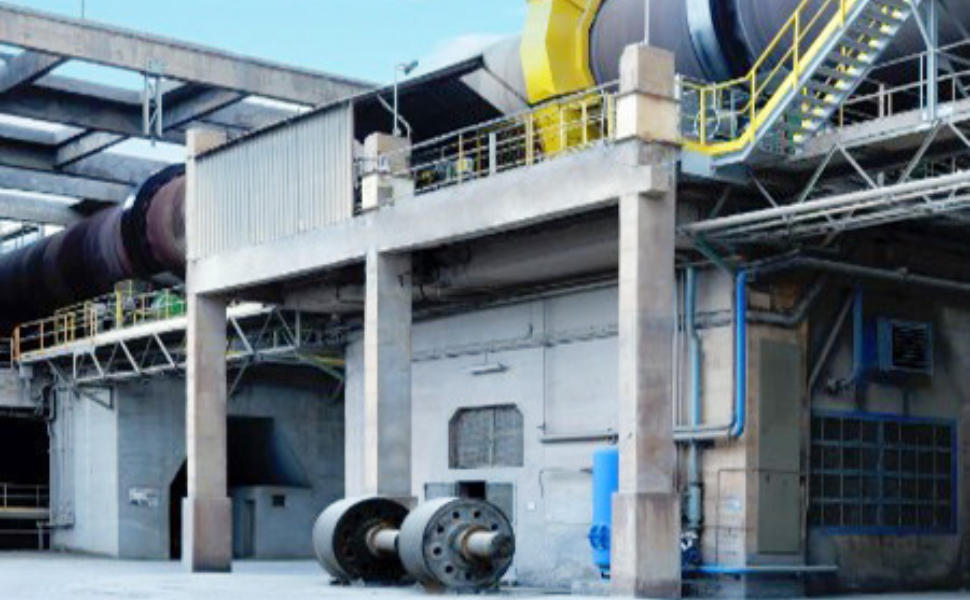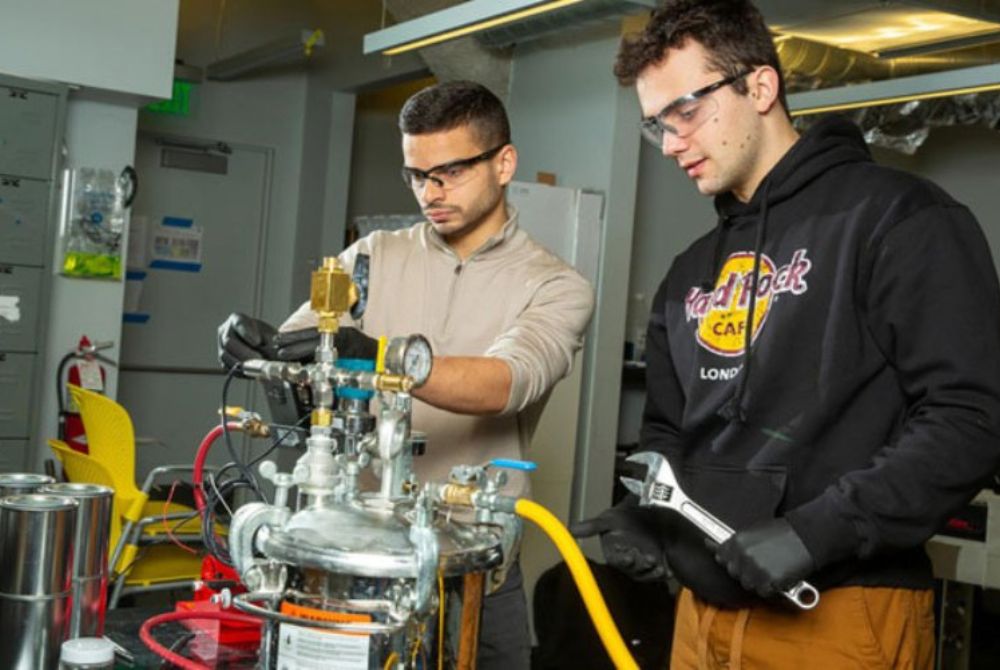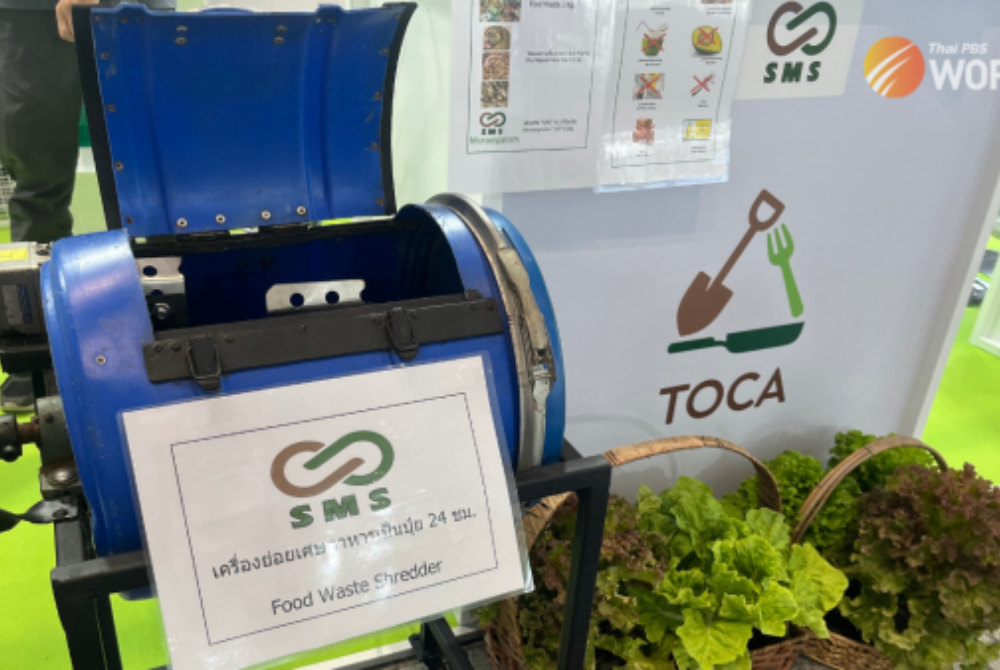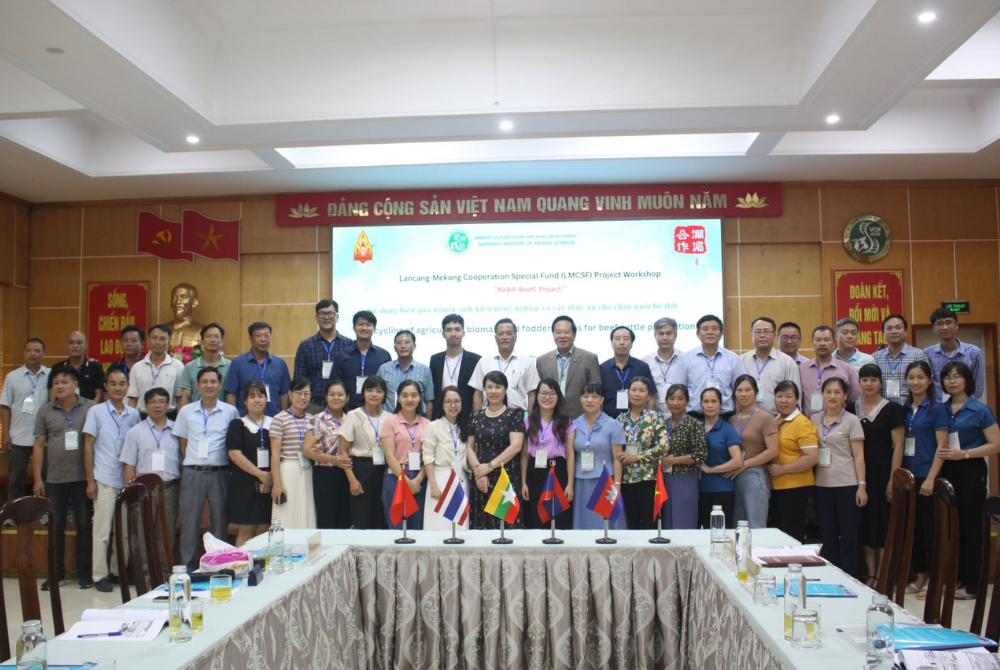Cemex is focusing on cutting carbon emissions from cement manufacturing!
Cemex has developed a method of reducing CO2 by reducing the size of the clinker particles.

This procedure, known as trace elements, when paired with patented additives, enables cement to drastically reduce the clinker factor per ton of cement, reducing carbon emissions. Furthermore, the delicate clinker grinding process includes elements that ensure particular growth intensity meets the highest worldwide cement standards.
Cemex's complex clinker grinding technique was developed at its Swiss R&D centre. This approach is a novel alternative to regular clinker, improving efficiency and significantly increasing the durability of the end product. Industrial-scale manufacturing examines have verified the initial R&D findings.
Clinkers, the primary component of cement, emit the most carbon throughout the cement production process. Clinker microscopy can reduce clinkers in cement products by up to 50%, accelerating progress toward the enterprise's carbon reduction goals.
Cemex CEO Fernando A. González stated that we are seeking new approaches to enhance the decarbonisation of cement and concrete manufacturing. We are dedicated to meeting our aggressive carbon reduction objectives by 2030, and we are on track to achieve a Net Zero Enterprise by 2050.
Micro-clinker improves the decarbonisation of concrete, which is made using Cemex's micronised clinker, which requires less cement to reach the specified intensity performance, thus reducing CO2 emissions.
Source: Ximang.vn













